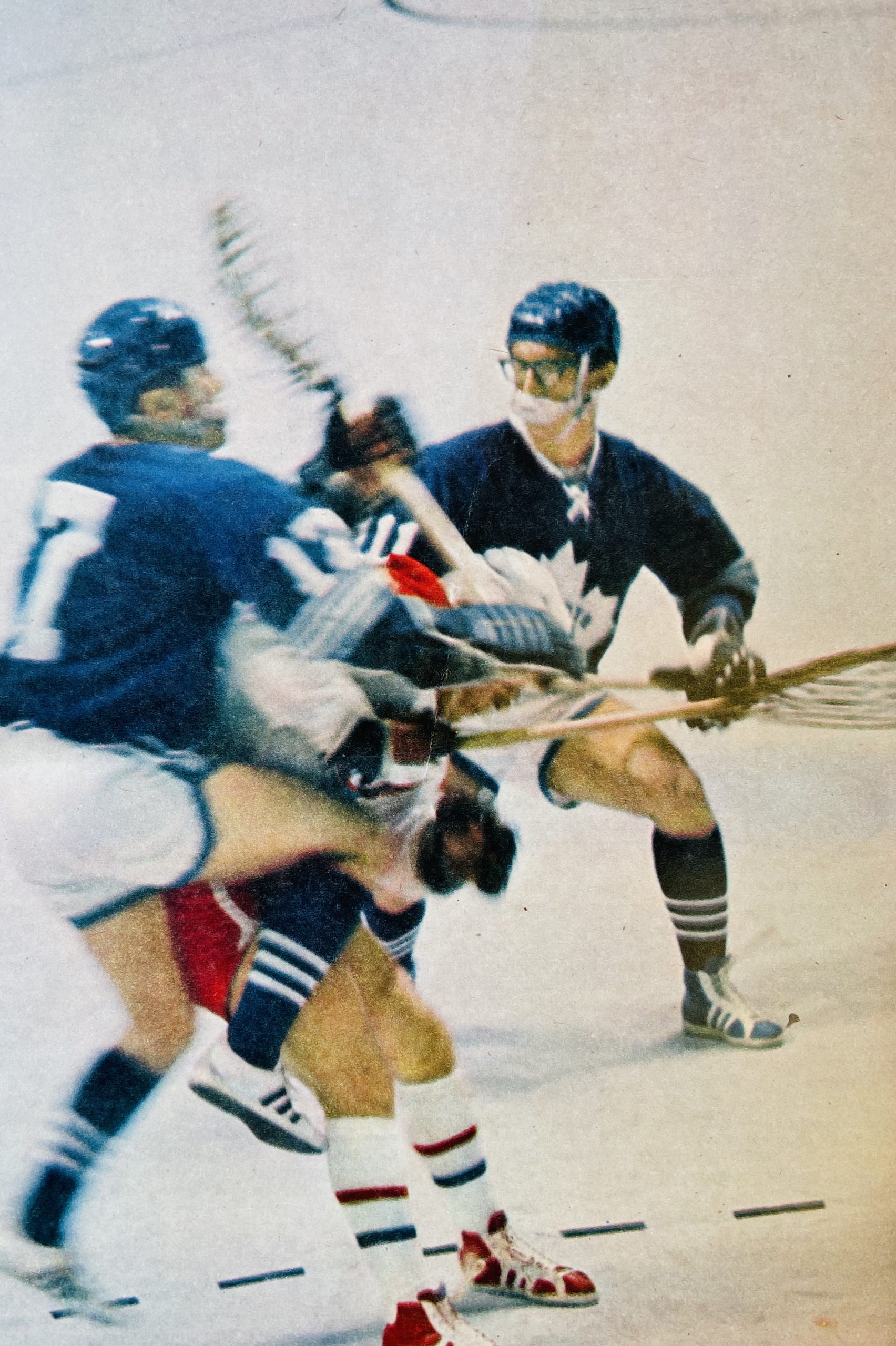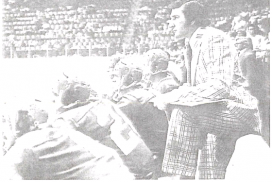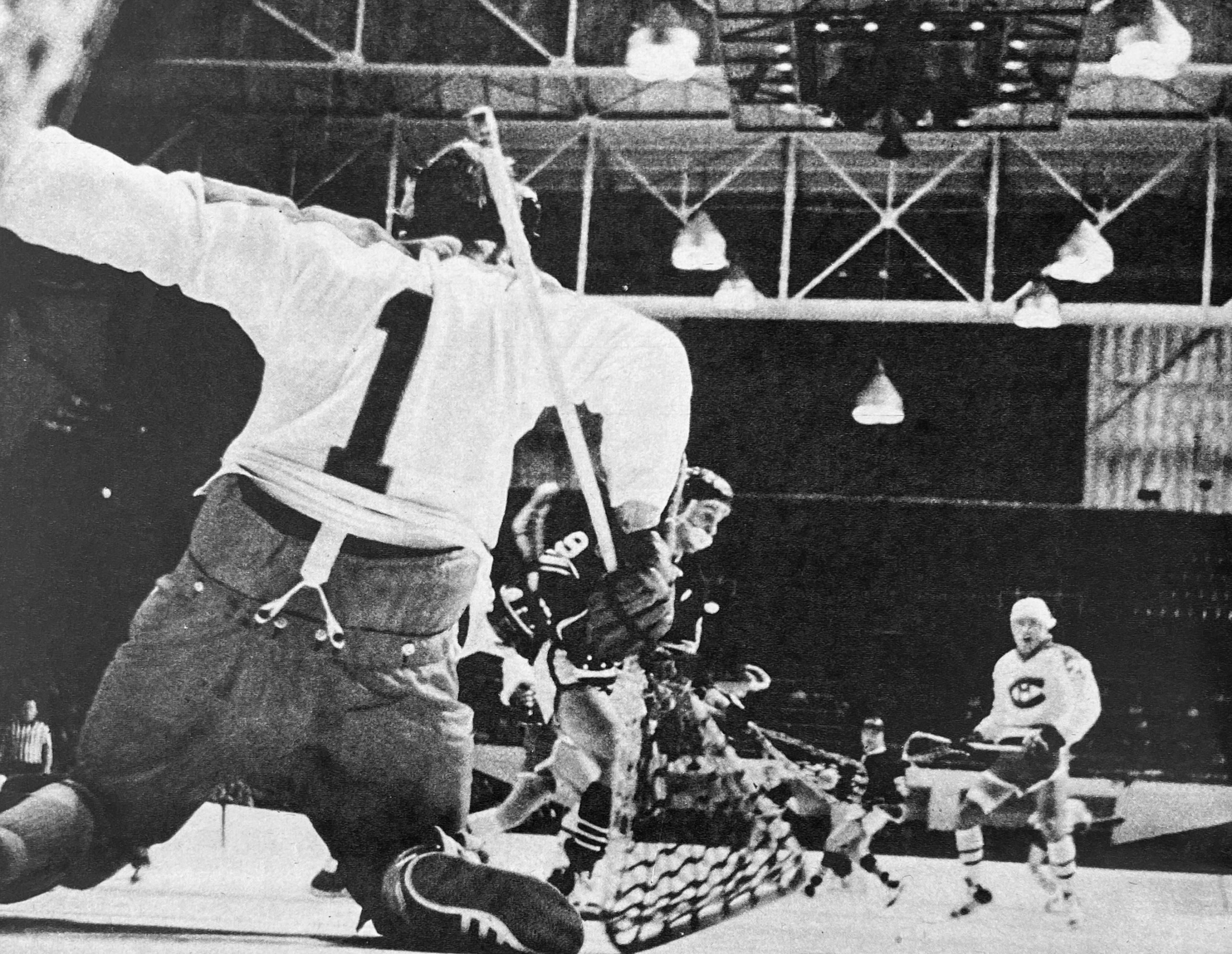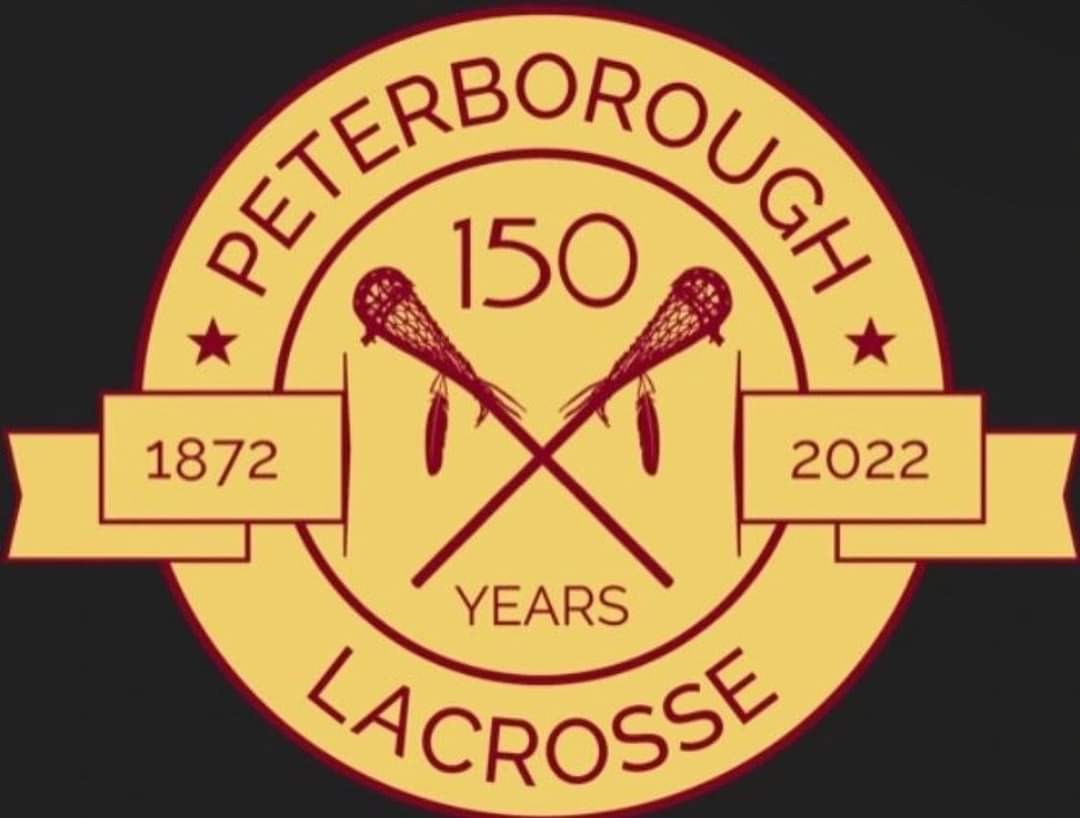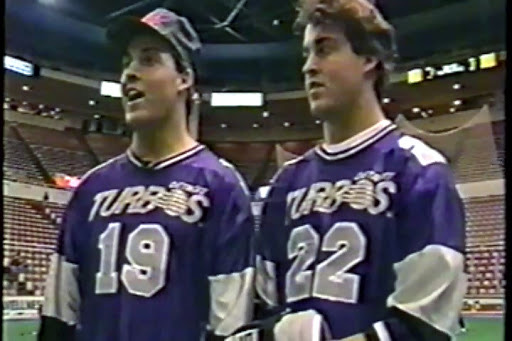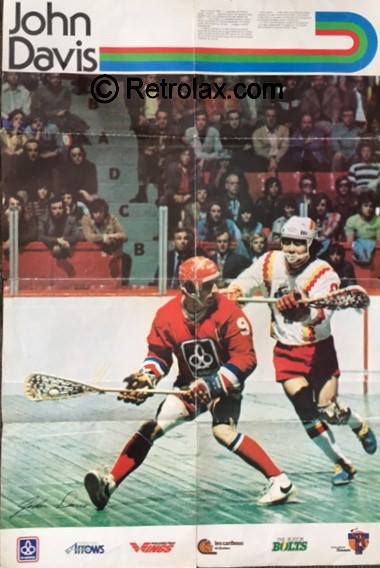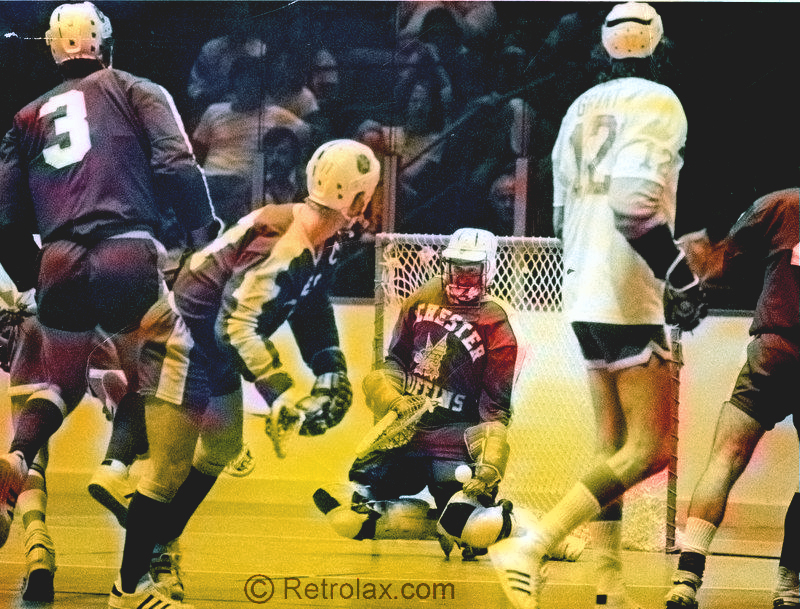By NEIL ANDERSEN
Journal Sports Writer
(Sports Editor George Pasero is on vacation)
Everyone, with the exception of the U.S. Calvary, feels sorry for the Indian.
Since the white man invaded the North American continent, the Indian has won the battle but lost the war.
But, slowly and by subtle means, the noble Indian is getting his revenge.
The first chance came in that now famous deal for Manhattan Island. That’s a story laughed about in tepees from the Hudson River to Neah-Kah-Nie Mountain.
Now there’s lacrosse.
The Indians were playing the game before history’s first credit-card traveler, Columbus, made the scene.
When the white man found out about the game he first “borrowed” it, changing it (just a little) and tagged it with a new name. Admittedly lacrosse is much easier to say than bagataway…but it doesn’t play any easier.
The Indian version was a little like riot training for the National Guard. It was a test of endurance with as many as 1,000 players taking part in a game that lasted for several days. The goals were 400 yards to 5 miles apart.
The menfolk were exhorted to greater performances and production by the women of the tribes who belted the plyers with switches both verbal and hardwood. It’s just another example of how little things change through the years.
Indians Gave Up Easy…Too Easy
Once the white man got his hands on the game the Indians never did get it back. No great wars were ever fought over it; no treaties ever signed. It only points up how the natives outwitted the invader.
Not only that, but when the Indians lent the white man the game the rights to the lacrosse stick didn’t change hands. An Indian company on the St. Regis Reserve in Toronto still produces 97 per cent of the world’s supply.
For the white man, it was like getting a sample from a junkie. Now he’s hooked.
The game moved across Canada until British Columbia became one of the world’s great lacrosse centers. Now lacrosse is slipping slowly into the United States, generally, and Portland, specifically, where it goes under the name of the National Lacrosse Association.
Portland’s sport fans haven’t beaten down the doors to Memorial Coliseum to support the Adanacs. But the management of the Portland entry in the four-team Western Division is far from discouraged.
“We figured we would need about 2,000 paid a game,” claimed Henry Fetigan who handles the purse strings. “Right now, it’s a little less than that but we are not unhappy about the situation.
“We realize that certain attitudes have to be overcome.
“We think we do have the product if we can just get it to the people.
“We don’t want to paper (sports talk for fill up with free passes) the place even though the exposure would have done us some good. It’s something we want to use on a one-time basis for various segments of the community knowing that some will come back as paying customers.”
Adanacs Encounter Unexpected
The Adanacs have had only five home games in Portland. The largest crowd has been 2,779, the smallest in excess of 1,500 for last Friday’s game. Interestingly enough, for one game 600 “passes” were handed out and 590 of them came to the game.
Officials also feel that they have had some unexpected opposition from other incidents or attractions in Portland.
“Obviously, the Billy Graham rally hurt and there’s no way to evaluate the Kennedy situation of last week,” added Fetigan. “And, using hind-sight, we would have liked to have had an agreement with the Rose Festival rather than be in competition with them.
“We were a little disappointed when the return of Jack Bionda and tommy McVie didn’t attract more fans to the game. But, because of the Kennedy situation maybe only 4 or 500 might have shown up had they not played on Friday.”
“It’ll only take people a little while to realize both Bionda and McVie are not past their prime but still have a lot of talent left.”
Lacrosse produces a strong loyalty among its participants.
Ralph Douglas, president, and Jim Douglas, vice president, are both former lacrosse players. Ralph was a defenseman and Jim an all-time scoring great before giving up the game for successful careers in the plywood business.
Portland Fan Attracts Club Brass
“We had to move out of Vancouver,” admitted the president[, “] because the community just can’t support three lacrosse teams. We looked at Seattle first because it was closer.
“But we decides to move to Portland after watching a hockey playoff game between Seattle and Portland. We felt the fans in Portland were the type of people we wanted to attract.
“I owe a lot to lacrosse and I’m not in the game now to make money. I think it’s a great game and I’d like to see it succeed in Portland, Seattle, San Diego or wherever it’s played. If we can make expenses, we’ll be happy.”
The players aren’t in it for the money either. This, of course, is the first season of professional lacrosse since the rules were changed in 1932
[sic]
to allow moving the game indoors.
“The players pay isn’t enough for them to warrant giving 100 per cent of their time to the game,” admits Fetigan. “Besides, most of them are in good positions, career boys, who like to playlacrosse and enjoy the extra money.
“Most of the players have a good feeling for Portland.
“And we are prepared to stay in Portland for the year. We have a good nucleus of fans and they are becoming more knowledgeable with every game.
“In fact, we feel as if we’ve cracked the nut already,” added Vancouver-based Fetigan, who admits he really doesn’t know that many people in Portland despitr being an official of the local club.
“But I’d like to meet about 10,000 of ‘em Saturday night when we play Vancouver.”
(Oregon Journal, June 14, 1968)

